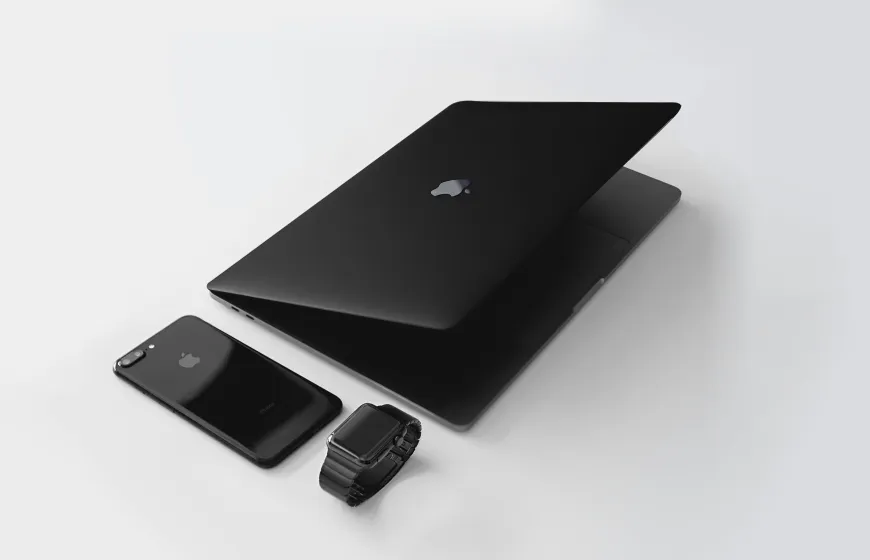The Day a Brand Realized Why No One Was Buying
In 2019, a small but ambitious fashion label in Lagos poured money into marketing. They ran Facebook ads, hired influencers, and even secured a one-time feature in a popular lifestyle magazine.
For a week, sales trickled in. Then… silence.
The founder, frustrated and convinced the market “just wasn’t ready,” almost shut the brand down — until she learned one simple truth: people rarely buy the first time they see you. That truth has a name: The Rule of 7 in advertising.
What is the Rule of 7 in Advertising?
The Rule of 7 is a timeless marketing principle that says:
A prospect needs to encounter your brand at least seven times before taking action.
It’s not about annoying your audience with spammy repetition. It’s about creating consistent, memorable, and trust-building touchpoints.
The idea traces back to the 1930s, when Hollywood studios discovered that moviegoers typically needed to hear about a film seven times before deciding to watch it. In today’s world — with its nonstop stream of ads, notifications, and content — that number can be even higher.
HubSpot research shows it can take 7–13 touches before a lead converts, especially for higher-value products or services.


Why the Rule of 7 Still Matters in 2025: Attention is the new currency
The average consumer sees over 10,000 ads per day (Forbes). That means even if your ad is beautifully crafted, it’s likely buried under a flood of competing messages.
Trust takes time Whether you’re selling a $20 T-shirt or a $200,000 real estate investment, trust isn’t built in a single interaction. Repetition signals credibility. Multi-channel marketing amplifies the effect
A billboard might spark awareness, but pairing it with a press feature, a podcast interview, and retargeted social ads cements you in your audience’s mind.
(Related reading: Why Cross-Channel Advertising Works Best)
The Modern Rule of 7: How It Works Today
In the digital era, the Rule of 7 isn’t just about counting exposures — it’s about orchestrating strategic touchpoints across the platforms your audience actually uses.
Example channels that can make up the “7 touches” include:
Social media ads
Email newsletters
Billboards or vehicle branding
Influencer shoutouts
Podcast guest appearances
Press releases picked up by reputable outlets
Event sponsorships or speaking engagements
The key is message consistency. Your visuals, tone, and value proposition should be recognizable no matter where your audience sees you. (Related reading: How to Craft Campaign Messaging That Sticks)
Case Study: From Invisible to Unforgettable
Let’s imagine a Ghana-based coffee brand, Aroma Coast, aiming to break into the Canadian market.
Before the Rule of 7
Aroma Coast tried running a few Facebook ads targeted at Canadian coffee lovers. The ads got clicks, but few people remembered the brand name.
The 7-Touch Strategy (powered by a Blastily Bundle)
- Press release announcing Aroma Coast’s entry into Canada, picked up by local news blogs.
- Billboard placement in a trendy Toronto neighborhood known for cafés.
- Influencer partnership with a Canadian food blogger who shared a coffee-tasting video.
- Instagram ads retargeting anyone who visited the brand’s site or watched the influencer’s video.
- Podcast interview on a Canadian coffee culture show.
- Email campaign to subscribers, offering a discount on first orders.
- Pop-up tasting event at a farmers’ market, featured in local event listings.
Results After 8 Weeks
- Brand recall in target market jumped from virtually zero to 25%.
- Website traffic from Canada increased by 320%.
- Sales inquiries tripled — with many customers saying they “kept seeing Aroma Coast everywhere.”
That’s the Rule of 7 in action: visibility + consistency = familiarity, and familiarity drives trust.
How to Apply the Rule of 7 to Your Brand
1. Map Your Customer Journey
Identify every point where a potential customer could discover, interact with, and decide to buy from you.
2. Choose 3–5 Core Channels
Focus on the platforms your audience already trusts. For a B2B audience, that might mean LinkedIn, industry podcasts, and press features. For a lifestyle brand, it could mean Instagram, influencer content, and local events.
3. Create Consistent Messaging
Every touchpoint should feel like it’s coming from the same brand personality.
(Related reading: How to Craft Campaign Messaging That Sticks)
4. Stack and Space Your Impressions
Plan your campaign so that different touchpoints hit within 4–8 weeks — enough time to build recognition, but not so much that people forget you in between.
5. Measure and Adjust
Track engagement, click-through rates, and sales attribution.
(Related reading: Media ROI: How to Measure Your Campaign’s Success)
People Also Ask: Quick Answers
Is the Rule of 7 still relevant in advertising?
Yes — in fact, it’s more relevant than ever in today’s fragmented attention economy.
Does the Rule of 7 mean running the same ad 7 times?
No — it’s about delivering consistent brand messaging across different, meaningful touchpoints.
How long should the 7 touches take?
For most campaigns, aim for 4–8 weeks. Longer timelines can work for high-ticket sales cycles.
People don’t buy when they understand you. They buy when they feel understood — and that takes time, presence, and repetition.
Bringing It All Together
The Lagos fashion brand from our opening story didn’t fail because her product was bad. She failed because she showed up once and expected instant loyalty. When she committed to consistent, cross-channel visibility, customers finally remembered her — and bought from her.
Your audience is no different. They need to see you, hear you, and feel your presence multiple times before they say yes.
At Blastily, we make the Rule of 7 easy to execute. Our Blastily Bundles combine billboards, press releases, influencer marketing, and more — all coordinated so your audience encounters you again and again, in the right places, until you’re unforgettable.
→ Explore Blastily Bundles and start building your 7-touch strategy today.



